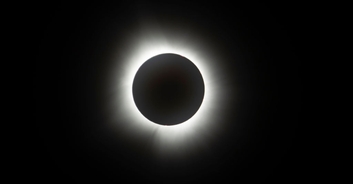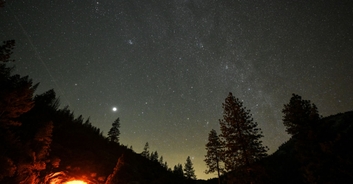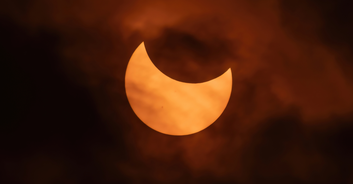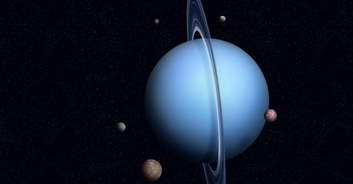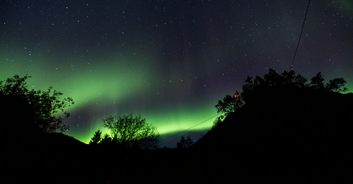A gigantic pink supermoon is due to be visible in the skies next week, meaning that people stuck indoors during the coronavirus quarantine will still be able to take the opportunity to see it when it occurs.
Per a recent report by Newsweek, the pink moon is scheduled to occur on April 8, when the moon's elliptical orbit will take it to its perigee - the point of closest approach, which makes it appear gigantic and luminous.
Have a look at this teeny-tiny Hunter's Moon:According to the Old Farmer's Almanac, the best time to observe April's pink moon (which follows March's 'Worm Moon' and precedes May's 'Flower Moon') is at 10.35 pm EDT.
Commenting on the natural phenomenon, Royal Observatory astronomer Tania de Sales Marques told Newsweek: "What is commonly called a supermoon happens when the moon comes closest to us, at perigee, and is either at a full moon or new moon phase. So a full moon is also a supermoon when the full phase coincides with perigee."
She continued "A full moon coinciding with perigee is an annual event, but since a supermoon is not so strictly defined, the threshold for what's considered a supermoon may vary to also include full moons that come close to perigee. This more relaxed definition can give us more than one supermoon per year."
She added: "The best thing to do is to wait until after the sun has set and the sky is dark, find an unobstructed view of the sky, and weather permitting you should get to see a slightly brighter than usual full moon. And if you're thinking of taking a picture to mark the occasion, just be aware that you'll need proper equipment, such as a camera with a long telephoto lens, as the moon captured on a phone will look more like a blob."







